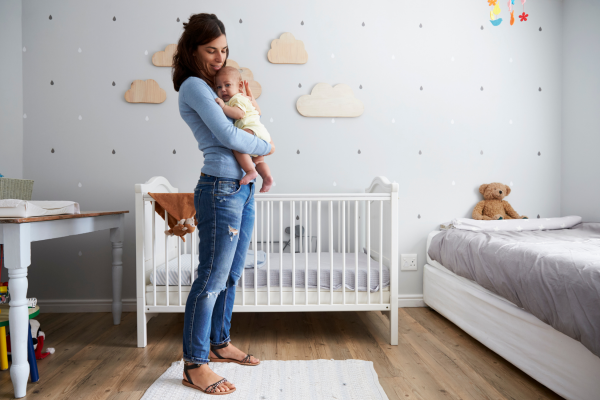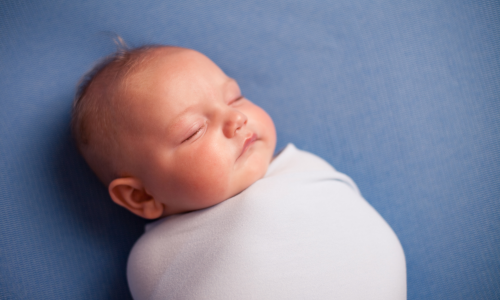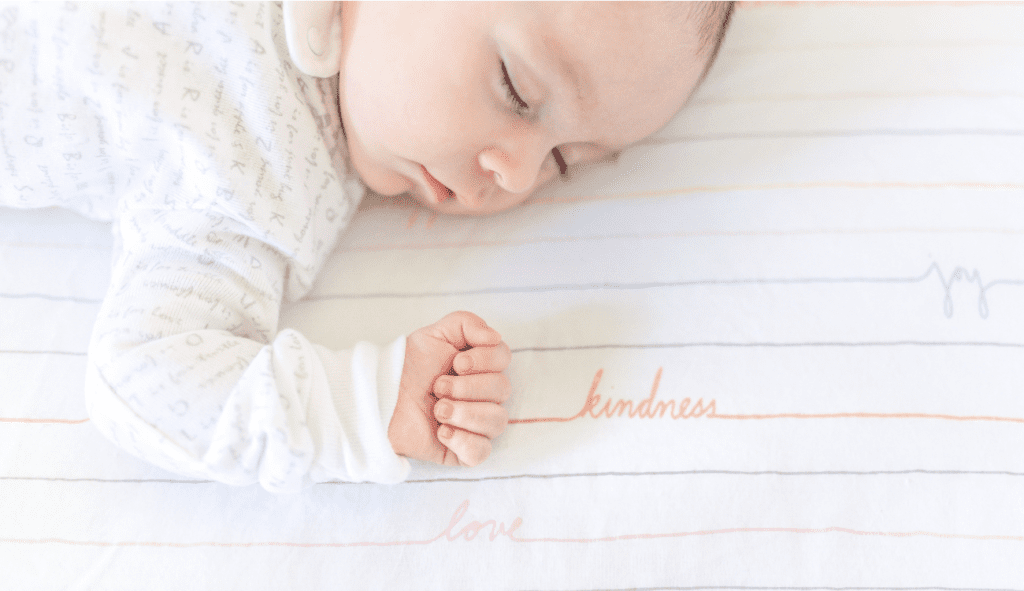Five Essentials for Sleep
I always share tips and tricks to help moms get their little ones sleeping independently for bedtime and for naps. But there are five essential things to consider when trying to lengthen naps or improve the quality of nighttime sleep.
Now, these aren’t miracle solutions that will have your little one sleeping through the night and taking two-hour naps if your baby can’t self soothe. Nevertheless, if your baby is sleeping great at night but, having trouble connecting those sleep cycles for naps, these elements can help. If your baby isn’t sleeping great at night either, then you may need to work on making them an independent sleeper along with implementing these key factors.
Awake Windows
The most essential factor to consider when trying to get your little one to sleep better is their awake time. How old is your child and how much awake time can they handle before they need more sleep? That is their awake window.
Newborns can only handle about 45 minutes of awake time, while an 8-month-old can handle 3 hours. Not sure how much time your baby can handle? Get your free awake window guide here.
So why is this important? If you keep your baby awake too long, they will become overtired and fight sleep. Not enough awake time and they won’t have enough sleep pressure to fall asleep easily and STAY ASLEEP.
Your baby may be showing all those sleepy cues like yawning and rubbing their eyes, only to take a 30-minute nap. SO FRUSTRATING! Most likely they needed a little bit more time awake or they got drowsy somewhere during their awake window (perhaps during the feeding).
Overtiredness is most often the cause if there is extra crying and fussiness. You want to avoid that at all costs. Start on the lower end of the awake window for your child and see how long they are sleeping. It takes time for their body clocks to adjust so you want to slowly extend those windows by 10-15 minutes every 4 days (much slower for newborns).
I would also advise tracking their sleep so you can actually remember how long they stayed awake and how long they slept. That is super helpful and I have all of my clients track their sleep so I am able to advise them on these awake windows.

A Separate Sleep Space
I am not saying this to judge or shame any parents who decide to co-sleep. When I work with families we focus on independent sleep, which means getting baby to fall asleep from being laid down AWAKE. Having baby sleep in their own sleep space (crib, pack and play, bassinet) is essential for them to become an independent sleeper.
This doesn’t mean that your baby can’t be in the room with you, but bed sharing and independent sleep do not go hand in hand. You can still focus on the other elements I am sharing today, and they will help set the stage for sleep.
Often times when bed sharing, sleep is disrupted. Babies and toddlers are active sleepers which means you may not sleep so well, even if they do! Or if your little one is waking all throughout the night to nurse or reposition next to you, then they are getting fragmented sleep, versus uninterrupted sleep.
I truly feel that children sleep better in their own sleep space. It’s also important to always prioritize safe sleep for your baby. If your current situation is working for you (and is safe) then that’s what matters most!
Dark Room
Our circadian rhythm (body clock) controls our sleep-wake cycle. Exposure to daylight keeps us awake and active during the day. Darkness simulates nighttime which signals our body to produce melatonin (our sleepy hormone) which helps us fall asleep faster and stay asleep.
Newborns don’t have natural melatonin yet, but they do receive some from mom while in the womb and through her breast milk. Around 3 months babies start to produce their own melatonin which helps them sleep at night.
A super dark room helps your child fall asleep easier at bedtime, but also for naps. Have you ever tried to take a nap during the day, but it was so bright you had to cover your eyes? Making your child’s room super dark like a cave will help them fall asleep faster and sleep longer.
I recommend getting black out curtains, but they often let light in on the sides. Go into your child’s room during the day and close the door. If you can see your hand in front of your face, it’s too bright! Cover up that light coming in with a blackout covering, foil or black trash bags. Trust me on this one!
White Noise
So you may be thinking, wait! Isn’t white noise a sleep prop? What if my little one can’t sleep without it? Well, yes, they may NEED it because it helps them sleep more soundly when it’s playing continuously. And that’s okay! They CAN sleep without it, it just makes naps much easier!
White noise blocks out other noises so your little one has a constant calming sound. They won’t hear dad getting up in the morning to shower before work. They won’t hear the dog barking at the mailman or when your other kids are jumping and screaming (well hopefully not).
Both of my girls have sound machines in their rooms AND we added one in the hallway too for good measure! I recommend taking one on vacation to help drown out noise from other family members or if you are somewhere noisy. You can never be too prepared when traveling!
There are so many options, but it just depends on your preference. I like this sound machine because you can put batteries in it as a backup (when in the car or if the power goes out) and it’s very inexpensive. We also have this sound machine, which is a good quality and the same brand (myBaby) as our other one.
If you have a toddler, the Hatch Baby Rest is a must. You can use it pretty much from newborn through school age, first as a sound machine and night light for feedings. Then it can be used as a time to rise clock for your toddler. We have one for my toddler and to be able to control it from your phone is a game changer. We use it to signal when it’s morning along with a way to gently wake her up from her nap.

Keep it Cool
Your baby’s room should be cool. I recommend 68-72 degrees Fahrenheit. Dress baby in one more layer than you would wear so they don’t overheat. In order to practice safe sleep, there should be no loose blankets or bedding in baby’s sleep space until they are 12 months old.
For newborns, it’s helpful to swaddle them for their first 10 weeks of life. This keeps them warm and prevents their moro reflex, but also recreates that snug feeling of being in the womb. After about 10 weeks, but definitely by 12 weeks I recommend transitioning baby to a sleep sack. Again, this will keep baby warm and help you avoid having loose blankets in the crib.
In order to make this transition to arms out easier, I recommend using the Love to Dream Transition Sack or the Zipadee Zip. Keep in mind that once baby is rolling, their arms must be free and completely out. Starting this transition early will make it much easier so that they get used to that arms out feeling and not overly dependent on their arms being by their sides.
This means not relying on the swaddle too long or using the Magic Merlin Sleep Suit. This product is merely another swaddle which restricts your little one’s movement so much that they’re not able to move freely. Once your little one is arms free and can move around, it’s amazing to see how they self soothe! They suck on their hands, roll to their tummy and scoot around. Restricting that movement will prevent your little one from falling asleep independently. It is a little bit of a transition period, but once they figure it out, they’ll be a great sleeper!
If you’re thinking, but I do all these things and I have all the things! What am I missing? Reach out and book a free sleep solution call with me today.


1 thought on “Five Essentials for Sleep”
Pingback: Travel Tips for Time Zone Changes
Comments are closed.